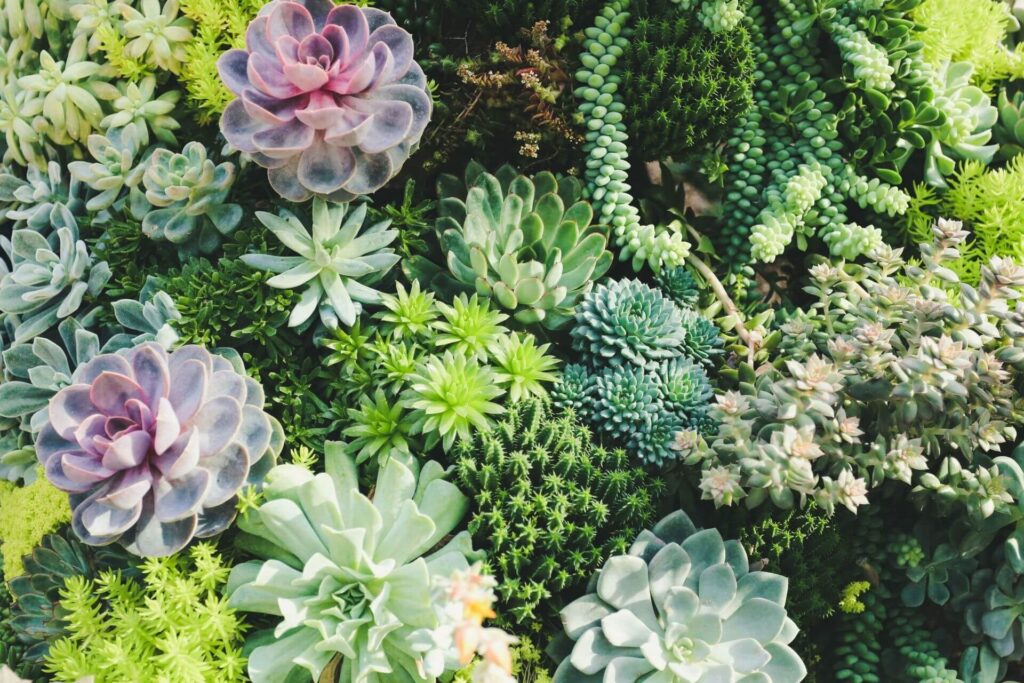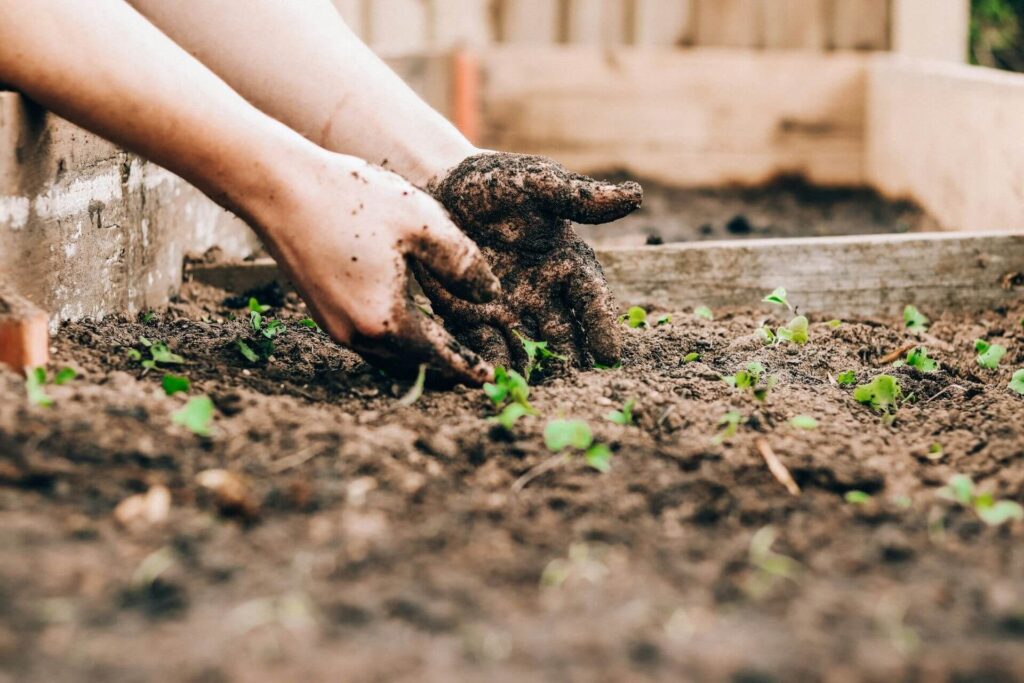Eco-landscaping is becoming a must for anyone looking to create outdoor spaces that are beautiful and environmentally friendly. Sustainable practices like using native plants, conserving water and supporting local wildlife transform your yard into a vibrant, low-maintenance haven.
Creating a wildlife-friendly native landscape helps protect the environment and brings joy to your outdoor experience with thriving plants and buzzing pollinators. Whether starting fresh or revamping your current space, eco-friendly landscaping can create a functional and sustainable yard that harmonizes with nature.
1. Start With Native Plants
Native plants are ideal in eco-landscaping because they thrive in your local climate. Their foliage has adapted to the timing of the seasons, the harshness of the weather and the water availability in your area, making them low-maintenance and incredibly efficient. Plus, a native garden design supports wildlife, which creates a healthier and more vibrant ecosystem in your yard.
If you’re in the Northeast, the best native plants for eco-landscaping include coneflowers or bee balm. In the Southwest, drought-tolerant options like agave and desert marigold are perfect. Meanwhile, black-eyed Susans and southern magnolias are fantastic picks for the Southeast. Native plant landscaping will reduce upkeep and create a thriving lawn.

2. Drought-Tolerant Landscaping
Xeriscaping reduces water usage without giving up the beauty of a vibrant outdoor space. Did you know you could be spending over $400 to keep your lawn watered? With water-efficient landscaping, you can ditch the high water bills and design a stunning, low-maintenance yard that works with nature.
Use gravel or mulch as a sleek foundation to lock in moisture and prevent evaporation, then add low-water plants like succulents, lavender or ornamental grasses for color and texture. It’s the perfect way to create a cost-effective and environmentally friendly lawn.

3. Create a Composting System
Composting is one of the easiest ways to reduce waste while creating nutrient-packed soil for your greenery. Instead of throwing out kitchen scraps and yard waste, you can turn them into a natural fertilizer that promotes healthy plant growth and helps suppress diseases.
Setting up your own compost system is simple. Pick a spot in your yard or grab a compost bin. Layer greens like veggie scraps and coffee grounds with browns like dried leaves, cardboard or straw, and give the pile a quick turn every week to keep it aerated. In no time, you’ll have rich, dark compost ready to boost soil quality and cut down on chemical fertilizers.
4. Embrace Minimal Lawn Spaces
Cutting back on lawn size is one of the easiest ways to reduce maintenance and make room for sustainable landscape design. Traditional grass lawns are thirsty and high-maintenance, but replacing even part of your lawn will reap big benefits.
Eco-landscaping for small spaces is easy. For example, clover lawns are drought-tolerant, naturally pest-resistant and stay lush with minimal effort. Wildflower meadows are another gorgeous choice, adding pops of color and attracting pollinators like bees and butterflies. If you want a functional and low-maintenance space, try creating hardscape relaxation areas with gravel, pavers or cozy seating.

5. Opt for Permeable Hardscaping
Permeable pavers and gravel manage water in your yard while keeping it stylish and eco-friendly. Unlike traditional hardscaping, these materials let rainwater seep into the ground instead of rushing into storm drains, which reduces runoff and prevents flooding. By trapping and slowly releasing water, they help prevent erosion, keep your soil healthy and recharge groundwater supplies.
Plus, using these materials supports water conservation efforts by making the most of every raindrop. Whether creating a driveway, patio or pathway, permeable pavers and gravel are a practical way to enhance landscape sustainability.
6. Focus on Smart Watering Techniques
Drip irrigation, rain barrels and smart sprinklers are must-haves for eco-landscaping, as they minimize water waste while keeping your yard lush and healthy. Drip irrigation delivers water straight to your plants’ roots, cutting down on evaporation and runoff, while rain barrels let you collect free rainwater to reuse whenever needed.
Smart sprinklers take the guesswork out of watering by using advanced technology to adjust schedules based on weather and soil conditions, so you’re never over- or under-watering. These sustainable gardening practices reduce runoff and the need for pesticides and fertilizers by promoting balanced soil health.
Simple Steps to Begin Your Eco-Landscaping Journey
Embrace these expert tips for sustainable gardening in 2025. Start small by adding native plants, installing a rain barrel or swapping part of your lawn for a wildflower patch. With each step, you’ll create a more eco-friendly landscape design that’s beautiful, sustainable and uniquely yours.

Leave a Reply